Prior to the withdrawal of its works team from Grand Prix racing at the end of 1968, Yamaha had concentrated on the 125cc and 250cc classes, leaving Honda and MV Agusta to contest the 500cc premier class. When the Hamamatsu factory returned to the Grand Prix arena a few years later it was with 500cc title firmly in its sights. Yamaha had spent the intervening years developing its immensely successful TD (250cc) and TR (350cc) over-the-counter racers, giving factory assistance to favoured riders such as Rod Gould, Kent Andersson and Jarno Saarinen. Having thus kept its toe in the Grand Prix water, Yamaha was well placed to mount an effective challenge to MV's dominance of the premier class on its return in 1973. Given that they already had a highly successful 250cc twin, Yamaha's designers took the logical step of, in effect, splicing two of these engines together to create a 500cc, across-the-frame inline four. Work commenced at the end of 1971 and the first prototype had been tested by the end of 1972. Signed as Yamaha's 'No.1' rider for 1973, Jarno Saarinen first rode the new 500 - code OW19 – in January and as a result of this test the machine was fitted with reed valve induction. Developed on Yamaha's moto-crossers, the reed valves tamed the peaky power delivery, improving the engine's low-end response and making it easier to control. A fairytale debut saw Saarinen and the OW19 win first time out at the French Grand Prix and again at the second round in Austria. Saarinen was still leading the 500cc championship when tragically he met his death, together with Benelli's Renzo Passolini, at the fourth round at Monza. Out of respect for Saarinen, Yamaha withdrew its works team for the rest of the season. By now thoroughly disillusioned with MV, Giacomo Agostini signed for Yamaha at the end of 1973 to ride the new OW20, essentially a mono-shock development of the OW19, finishing 4th in the 1974 Championship, which was won for the second successive year by his erstwhile MV team-mate, Phil Read. Armed with the new OW26, Ago duly got his revenge the following year to bring Yamaha its first World Championship in the 500cc class. By this time the new Suzuki RG500 had arrived, and with its square four engine layout and disc valve induction, soon had the beating of the Yamaha, Britain's Barry Sheene taking the world title for Suzuki in both 1976 and '77. Yamaha stuck with their inline four but ditched the reed valves in an attempt to match the Suzuki's top-end power, and mid-way through the 1977 season added exhaust power valves to the design in a successful attempt to restore some mid-range grunt. Thus equipped, new signing Kenny Roberts brought the 500 title back to Yamaha in 1978, a victory he repeated in both '79 and '80. During the latter season Roberts had occasionally used the OW48R, a version of the 1979 OW48 fitted with reversed outer cylinders, an arrangement that produced an extra 7bhp. The 1980 season was also notable for the first appearance of a customer version of Yamaha's Grand Prix 500: the TZ500G, which was based on the 1978/79 works bikes. Only detail changes were made to the following year's TZ500H. With their across-the-frame four reaching the end of its development, Yamaha introduced the OW48R's reversed outer cylinders on the customer TZ500J of 1982, though the engine was housed in a conventional tubular steel frame rather than the aluminium one tried occasionally on the works bikes. This would be Yamaha's last customer '500' offered to privateers until 1992, when YZR v-four engines were made available in Harris and ROC chassis. This TZ500J was purchased in 1982 from the Italian Yamaha importer Belgarda by team owner/sponsor Bruno Galanti, for his rider Fausto Ricci. The Yamaha was ridden by Ricci in some races of the 1982 World and European Championships and by Rinaldo Boggiani in the European and Italian Championships in 1983. In 1984 the machine passed to a second owner who raced only once, then in March of t
Prior to the withdrawal of its works team from Grand Prix racing at the end of 1968, Yamaha had concentrated on the 125cc and 250cc classes, leaving Honda and MV Agusta to contest the 500cc premier class. When the Hamamatsu factory returned to the Grand Prix arena a few years later it was with 500cc title firmly in its sights. Yamaha had spent the intervening years developing its immensely successful TD (250cc) and TR (350cc) over-the-counter racers, giving factory assistance to favoured riders such as Rod Gould, Kent Andersson and Jarno Saarinen. Having thus kept its toe in the Grand Prix water, Yamaha was well placed to mount an effective challenge to MV's dominance of the premier class on its return in 1973. Given that they already had a highly successful 250cc twin, Yamaha's designers took the logical step of, in effect, splicing two of these engines together to create a 500cc, across-the-frame inline four. Work commenced at the end of 1971 and the first prototype had been tested by the end of 1972. Signed as Yamaha's 'No.1' rider for 1973, Jarno Saarinen first rode the new 500 - code OW19 – in January and as a result of this test the machine was fitted with reed valve induction. Developed on Yamaha's moto-crossers, the reed valves tamed the peaky power delivery, improving the engine's low-end response and making it easier to control. A fairytale debut saw Saarinen and the OW19 win first time out at the French Grand Prix and again at the second round in Austria. Saarinen was still leading the 500cc championship when tragically he met his death, together with Benelli's Renzo Passolini, at the fourth round at Monza. Out of respect for Saarinen, Yamaha withdrew its works team for the rest of the season. By now thoroughly disillusioned with MV, Giacomo Agostini signed for Yamaha at the end of 1973 to ride the new OW20, essentially a mono-shock development of the OW19, finishing 4th in the 1974 Championship, which was won for the second successive year by his erstwhile MV team-mate, Phil Read. Armed with the new OW26, Ago duly got his revenge the following year to bring Yamaha its first World Championship in the 500cc class. By this time the new Suzuki RG500 had arrived, and with its square four engine layout and disc valve induction, soon had the beating of the Yamaha, Britain's Barry Sheene taking the world title for Suzuki in both 1976 and '77. Yamaha stuck with their inline four but ditched the reed valves in an attempt to match the Suzuki's top-end power, and mid-way through the 1977 season added exhaust power valves to the design in a successful attempt to restore some mid-range grunt. Thus equipped, new signing Kenny Roberts brought the 500 title back to Yamaha in 1978, a victory he repeated in both '79 and '80. During the latter season Roberts had occasionally used the OW48R, a version of the 1979 OW48 fitted with reversed outer cylinders, an arrangement that produced an extra 7bhp. The 1980 season was also notable for the first appearance of a customer version of Yamaha's Grand Prix 500: the TZ500G, which was based on the 1978/79 works bikes. Only detail changes were made to the following year's TZ500H. With their across-the-frame four reaching the end of its development, Yamaha introduced the OW48R's reversed outer cylinders on the customer TZ500J of 1982, though the engine was housed in a conventional tubular steel frame rather than the aluminium one tried occasionally on the works bikes. This would be Yamaha's last customer '500' offered to privateers until 1992, when YZR v-four engines were made available in Harris and ROC chassis. This TZ500J was purchased in 1982 from the Italian Yamaha importer Belgarda by team owner/sponsor Bruno Galanti, for his rider Fausto Ricci. The Yamaha was ridden by Ricci in some races of the 1982 World and European Championships and by Rinaldo Boggiani in the European and Italian Championships in 1983. In 1984 the machine passed to a second owner who raced only once, then in March of t

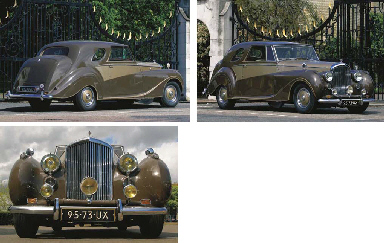
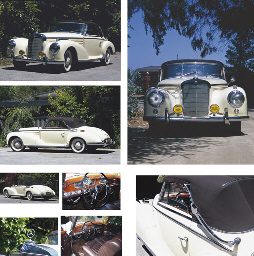
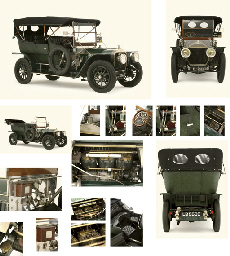
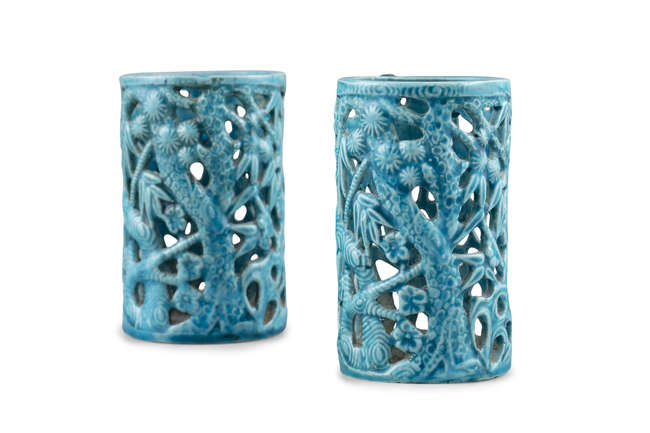
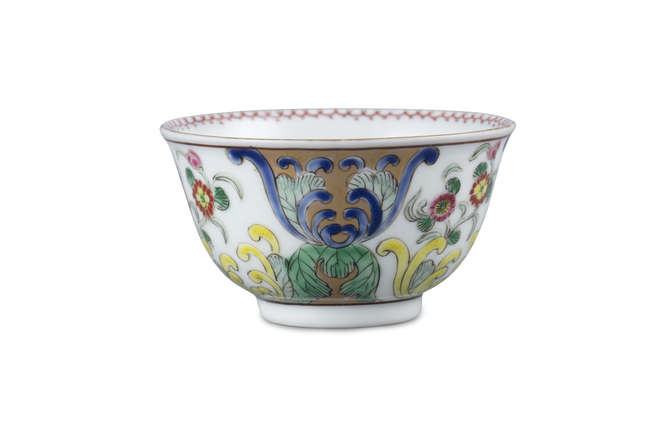

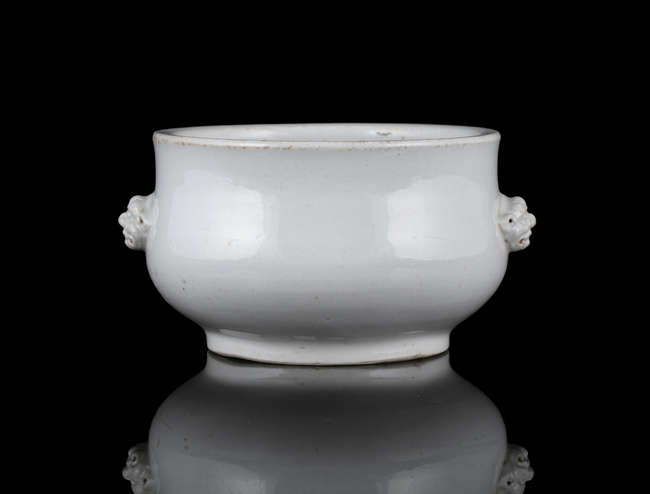
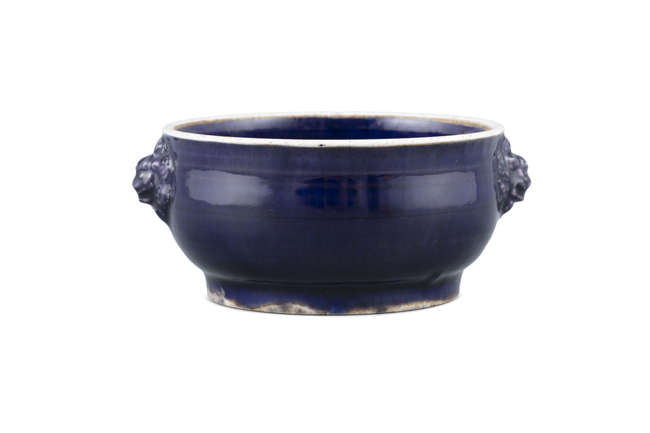

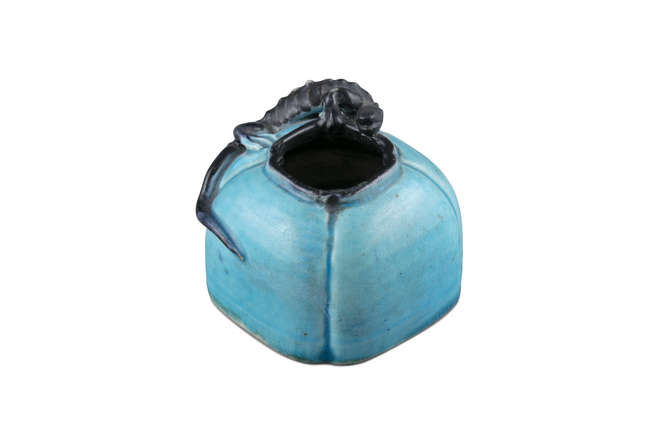



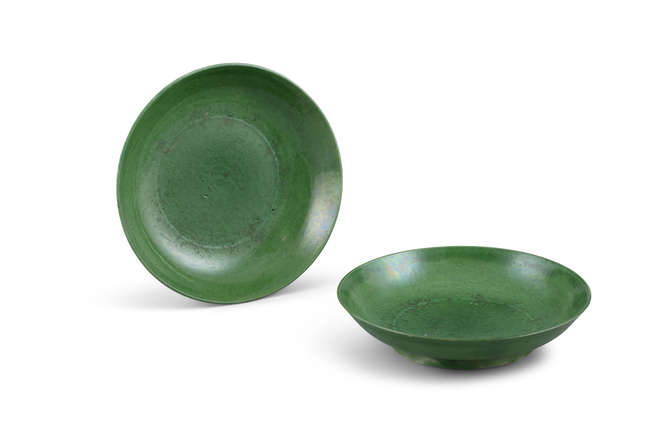
Try LotSearch and its premium features for 7 days - without any costs!
Be notified automatically about new items in upcoming auctions.
Create an alert